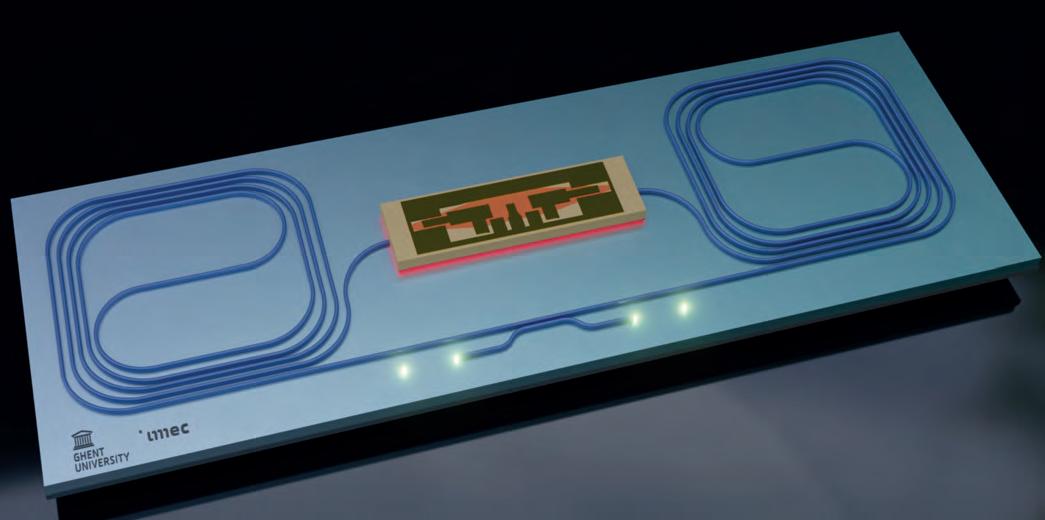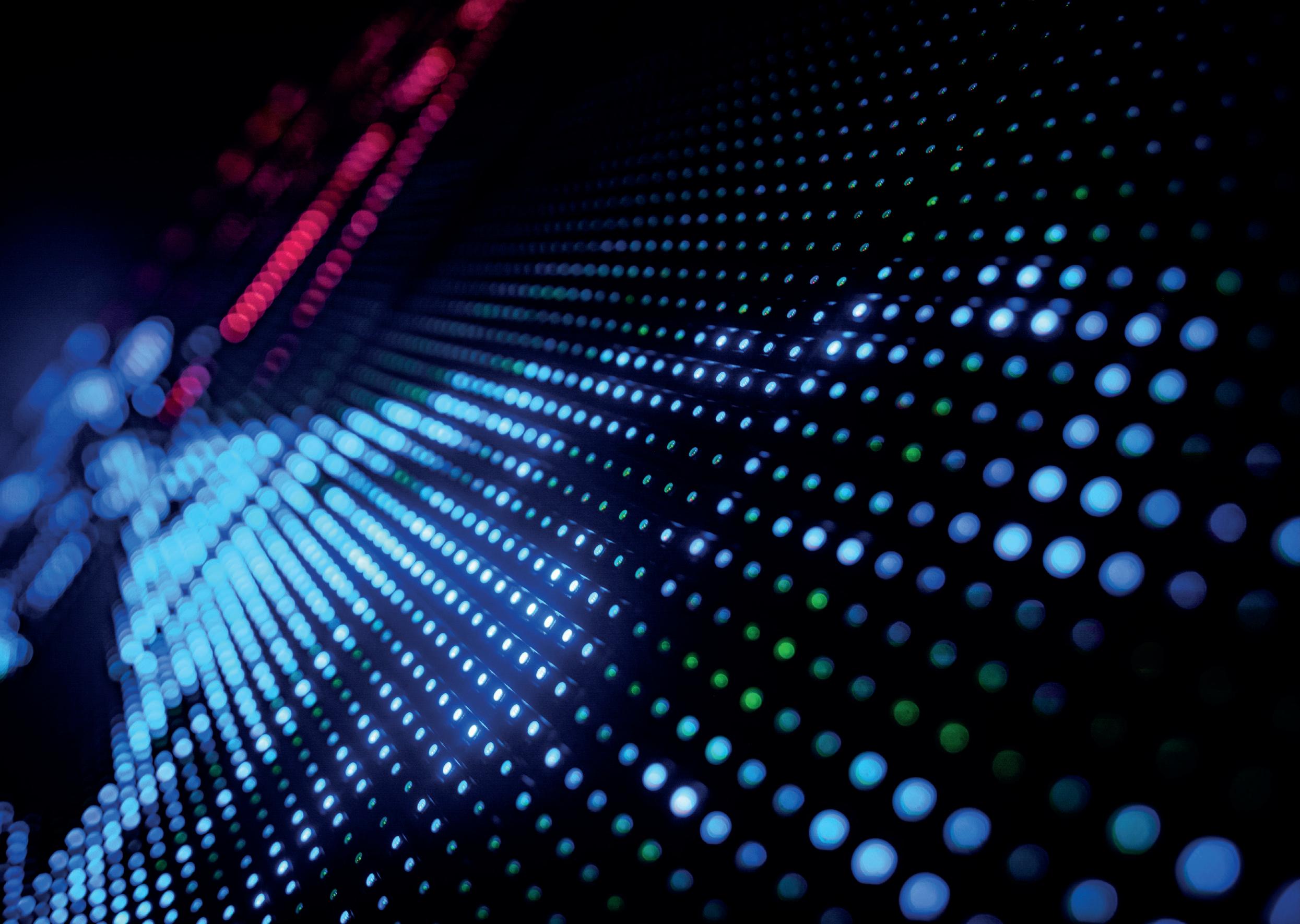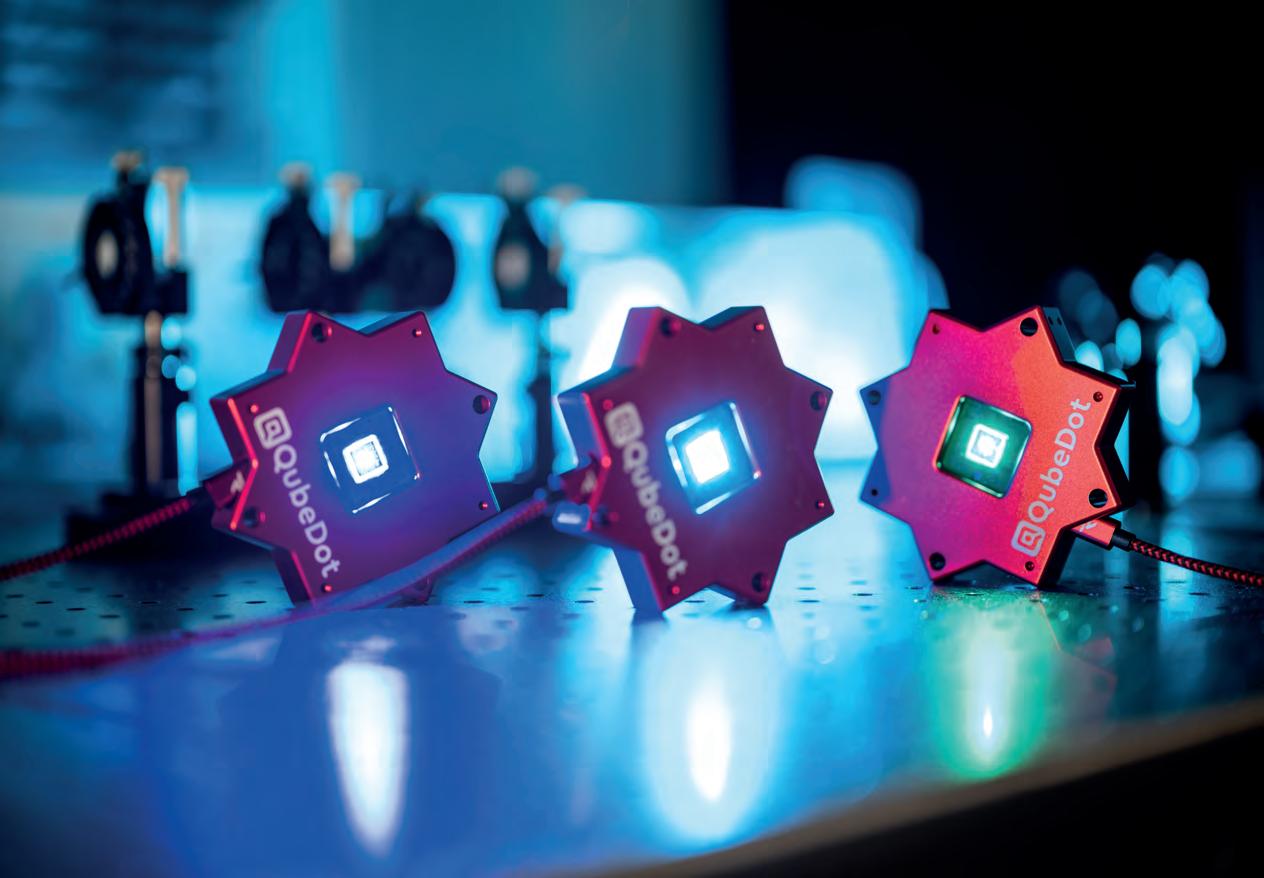CONFERENCE REPORT I EU PVSEC
Refining the multi-junction solar cell Multi-junction cells continue to improve by offering greater flexibility, a path towards streamlined manufacture and falling production costs BY RICHARD STEVENSON
Top: The Roll Out Solar Array has been used on the International Space Station. Credit: Boeing. 40 ISSUE VII 2021
EUPVSEC v5RS 6MG.indd 40
MANY DIFFERENT MATERIALS are competing in the solar market. For solar farms and rooftops, silicon dominates, providing rock-bottom prices for electrical generation. Cells made from a stack of compound semiconductor materials can’t compete on this key metric, even when operating under very high levels of concentration and delivering far higher efficiencies. Up in space and powering a satellite priorities are very different, playing into the hands of multi-junction cells featuring compound semiconductors. While cost still matters, it is only one of several important factors,
I
and a premium is placed on efficiency. Excelling in this regard allows more power to be generated, and ultimately enables either the technologies on board to perform more tasks, or for actions to be undertaken that require more energy, such as electrical propulsion. Alternatively, gains in efficiency enable a reduction in cell area for the same power generation, leading to smaller satellites and lower launch costs. Another attribute of the multi-junction cell is its superior radiation hardness. In space, cells are bombarded by high-energy protons and electrons,
WWW.COMPOUNDSEMICONDUCTOR.NET
30/09/2021 11:22





